Apache Airflow for Data Engineering: Best Practices and Real-World Examples
Introduction Apache Airflow, or simply Airflow, is an open-source tool and framework for running data pipelines in production environments. As an industry-leading workflow management platform, Airflow empowers data practitioners to define their data pipelines as code using Python, providing significant advantages over traditional scheduling tools by enabling version control, testing, and maintenance of complex workflows. Airflow enhances data pipeline management by offering robust scheduling capabilities, comprehensive monitoring, and detailed observability of pipeline performance. It serves as a centralized hub for all data workflows, whether you're preparing training data for machine learning models, transforming data for analytics, or persisting information in a data lake, with features designed for reliability and scalability. The core strength of Airflow lies in its ability to represent workflows as directed acyclic graphs (DAGs), explicitly defining dependencies between tasks and providing a clear visual representation of complex processes. This paradigm, combined with Airflow's extensible architecture, makes it uniquely suited to orchestrate the increasingly complex data needs of modern organizations. Key Airflow Concepts and Terminology Core Concepts DAG (Directed Acyclic Graph): A DAG is the backbone of Airflow, structuring a workflow as a set of tasks with defined dependencies, ensuring no cycles exist. Written as Python code, it’s stored in the DAGs folder and dictates the sequence and relationships of operations. Operator: Operators are the building blocks of tasks, providing predefined templates for specific actions like running a script or sending an email. Popular examples include: BashOperator: Runs shell commands or scripts, perfect for quick command-line operations, though it depends on exit codes to determine success. PythonOperator: Executes Python functions, offering flexibility for custom logic like processing data or querying APIs, with access to runtime context. EmailOperator: Sends email notifications through an SMTP server, useful for alerting teams, though limited to basic messaging features. Task: A task is a single unit of work in a DAG, created by applying an operator with specific settings, such as running a bash command or a Python function. It represents an actionable step within the broader workflow. Task Instance: A task instance is a specific execution of a task, tied to a particular DAG run and timestamp, reflecting its state (e.g., running, succeeded, failed) at that moment. Scheduling and Execution Concepts Schedule Interval: This determines how frequently a DAG is triggered, set using cron-like expressions (e.g., 0 0 * * * for daily at midnight) or predefined intervals. It governs the timing of automated runs. Execution Date: The execution date marks the logical start time of a DAG run, often aligned with the schedule interval, though the actual run may occur later due to processing delays. DAG Run: A DAG run is a single instance of a DAG’s execution, initiated manually or by the scheduler, tied to a specific execution date and encompassing all task instances for that run. Backfill: Backfilling involves running a DAG for past periods, using historical execution dates to catch up on missed or retroactive data processing. Airflow Architecture Components Scheduler: The scheduler is the engine that monitors DAGs, triggers runs based on their schedule intervals, and assigns tasks to executors for processing. It ensures the timely and orderly execution of workflows. Executor: Executors manage how tasks are run, ranging from simple single-threaded execution to distributed setups. Common types include: SequentialExecutor: Runs tasks one-by-one, suitable for testing but not production. LocalExecutor: Handles multiple tasks concurrently on one machine, balancing simplicity and efficiency. CeleryExecutor: Distributes tasks across worker nodes for scalability, leveraging a message queue. KubernetesExecutor: Launches tasks as individual Kubernetes pods, ideal for dynamic, cloud-native environments. Web Server: The web server powers Airflow’s user interface, offering a visual dashboard to monitor DAG runs, task statuses, and logs. It’s the primary tool for interacting with and overseeing workflows. Metadata Database: This database stores all operational data, including DAG definitions, task states, and run histories, serving as the central repository for Airflow’s state management. Worker: Workers are processes that execute tasks, typically used with distributed executors like CeleryExecutor, pulling tasks from a queue to process them. Advanced Concepts XComs (Cross-Communications): XComs enable tasks to share small pieces of data, like a file path or a result, by pushing and pulling values during execution. They’re handy for lightweight data exchange but not suited for large datasets. S

Introduction
Apache Airflow, or simply Airflow, is an open-source tool and framework for running data pipelines in production environments. As an industry-leading workflow management platform, Airflow empowers data practitioners to define their data pipelines as code using Python, providing significant advantages over traditional scheduling tools by enabling version control, testing, and maintenance of complex workflows.
Airflow enhances data pipeline management by offering robust scheduling capabilities, comprehensive monitoring, and detailed observability of pipeline performance. It serves as a centralized hub for all data workflows, whether you're preparing training data for machine learning models, transforming data for analytics, or persisting information in a data lake, with features designed for reliability and scalability.
The core strength of Airflow lies in its ability to represent workflows as directed acyclic graphs (DAGs), explicitly defining dependencies between tasks and providing a clear visual representation of complex processes. This paradigm, combined with Airflow's extensible architecture, makes it uniquely suited to orchestrate the increasingly complex data needs of modern organizations.
Key Airflow Concepts and Terminology
Core Concepts
DAG (Directed Acyclic Graph): A DAG is the backbone of Airflow, structuring a workflow as a set of tasks with defined dependencies, ensuring no cycles exist. Written as Python code, it’s stored in the DAGs folder and dictates the sequence and relationships of operations.
-
Operator: Operators are the building blocks of tasks, providing predefined templates for specific actions like running a script or sending an email. Popular examples include:
- BashOperator: Runs shell commands or scripts, perfect for quick command-line operations, though it depends on exit codes to determine success.
- PythonOperator: Executes Python functions, offering flexibility for custom logic like processing data or querying APIs, with access to runtime context.
- EmailOperator: Sends email notifications through an SMTP server, useful for alerting teams, though limited to basic messaging features.
Task: A task is a single unit of work in a DAG, created by applying an operator with specific settings, such as running a bash command or a Python function. It represents an actionable step within the broader workflow.
Task Instance: A task instance is a specific execution of a task, tied to a particular DAG run and timestamp, reflecting its state (e.g., running, succeeded, failed) at that moment.
Scheduling and Execution Concepts
Schedule Interval: This determines how frequently a DAG is triggered, set using cron-like expressions (e.g.,
0 0 * * *for daily at midnight) or predefined intervals. It governs the timing of automated runs.Execution Date: The execution date marks the logical start time of a DAG run, often aligned with the schedule interval, though the actual run may occur later due to processing delays.
DAG Run: A DAG run is a single instance of a DAG’s execution, initiated manually or by the scheduler, tied to a specific execution date and encompassing all task instances for that run.
Backfill: Backfilling involves running a DAG for past periods, using historical execution dates to catch up on missed or retroactive data processing.
Airflow Architecture Components
Scheduler: The scheduler is the engine that monitors DAGs, triggers runs based on their schedule intervals, and assigns tasks to executors for processing. It ensures the timely and orderly execution of workflows.
-
Executor: Executors manage how tasks are run, ranging from simple single-threaded execution to distributed setups. Common types include:
- SequentialExecutor: Runs tasks one-by-one, suitable for testing but not production.
- LocalExecutor: Handles multiple tasks concurrently on one machine, balancing simplicity and efficiency.
- CeleryExecutor: Distributes tasks across worker nodes for scalability, leveraging a message queue.
- KubernetesExecutor: Launches tasks as individual Kubernetes pods, ideal for dynamic, cloud-native environments.
Web Server: The web server powers Airflow’s user interface, offering a visual dashboard to monitor DAG runs, task statuses, and logs. It’s the primary tool for interacting with and overseeing workflows.
Metadata Database: This database stores all operational data, including DAG definitions, task states, and run histories, serving as the central repository for Airflow’s state management.
Worker: Workers are processes that execute tasks, typically used with distributed executors like CeleryExecutor, pulling tasks from a queue to process them.
Advanced Concepts
XComs (Cross-Communications): XComs enable tasks to share small pieces of data, like a file path or a result, by pushing and pulling values during execution. They’re handy for lightweight data exchange but not suited for large datasets.
Sensor: Sensors are specialized operators that pause execution until a condition is met, such as a file appearing or an external process completing. They’re useful for waiting on dependencies outside the DAG’s control.
Writing DAG Definitions
Let’s explore how to define a DAG in Airflow with a practical example suitable for beginners transitioning to more advanced concepts. This ETL pipeline fetches user data from an API, processes it, and loads it into a database, all written as Python code in a file placed in Airflow’s DAGs folder:
from datetime import datetime, timedelta
from airflow import DAG
from airflow.operators.python import PythonOperator
import pandas as pd
import requests
from sqlalchemy import create_engine
# Set basic settings for the DAG
default_args = {
"owner": "airflow",
"depends_on_past": False,
"start_date": datetime(2024, 1, 1),
"retries": 1,
"retry_delay": timedelta(minutes=5),
}
# Define the DAG (workflow)
with DAG(
"advanced_etl_pipeline",
default_args=default_args,
schedule_interval="@daily", # Runs once a day
) as dag:
# Step 1: Extract data from an API
def extract():
url = "https://jsonplaceholder.typicode.com/users" # Sample API
response = requests.get(url)
data = response.json()
df = pd.DataFrame(data)
df.to_csv("/tmp/extracted_data.csv", index=False)
# Step 2: Transform the data
def transform():
df = pd.read_csv("/tmp/extracted_data.csv")
df = df[['id', 'name', 'email']] # Keep only these columns
df.columns = ['user_id', 'full_name', 'email_address'] # Rename columns
df.to_csv("/tmp/transformed_data.csv", index=False)
# Step 3: Load data into a database
def load():
engine = create_engine("postgresql://username:password@localhost:5432/etl_db")
df = pd.read_csv("/tmp/transformed_data.csv")
df.to_sql("customers", engine, if_exists="append", index=False)
# Define tasks
extract_task = PythonOperator(task_id="extract", python_callable=extract)
transform_task = PythonOperator(task_id="transform", python_callable=transform)
load_task = PythonOperator(task_id="load", python_callable=load)
# Set the order: extract -> transform -> load
extract_task >> transform_task >> load_task
This example demonstrates a realistic ETL process:
- Extract: Fetches user data from a public API and saves it as a CSV.
- Transform: Filters and renames columns, then saves the result.
- Load: Writes the data to a PostgreSQL database (update the connection string with your credentials).
Here’s how it’s built:
-
Imports: Includes necessary libraries (
pandas,requests,sqlalchemy) alongside Airflow components. - Default Arguments: Sets basic retry logic and a start date, keeping it minimal but functional.
-
DAG Definition: Uses a
withstatement for cleaner syntax, scheduling it daily. -
Tasks: Three
PythonOperatortasks call the defined functions, linked sequentially with>>.
For beginners, start by running this in Airflow, replacing the database connection with your own, and observing the flow in the UI.
Best Practices for Apache Airflow DAGs
1. Creating DAGs
Make Tasks Reusable and Modular: Design tasks as standalone units with clear inputs and outputs, avoiding tight coupling to enable reuse across DAGs. Encapsulate logic using Python functions or external scripts, keeping DAG files focused on workflow definition.
Use Meaningful IDs and Descriptions: Assign descriptive
dag_idandtask_idvalues (e.g.,extract_datainstead oftask1) and add adescriptionto clarify purpose, improving readability and maintenance.Avoid Top-Level Code Execution: Place logic inside tasks or functions, not at the DAG file’s top level, to prevent unnecessary execution during parsing by the scheduler. For example, avoid API calls outside task definitions to reduce overhead.
2. Testing and Validation
Test DAG Loading: Regularly validate DAG syntax and structure by running
airflow dags listorpython your_dag_file.pyto catch errors early. This ensures the DAG can be parsed without runtime issues.Unit Test Task Logic: Write unit tests for Python functions used in
PythonOperatortasks using frameworks likepytest, isolating business logic from Airflow execution. Mock external dependencies to focus on code behavior.Simulate DAG Runs: Use
airflow tasks testto dry-run tasks and verify behavior without affecting the metadata database. This helps debug task execution locally.
3. Workflow Design
Ensure Idempotency: Design tasks to produce consistent results regardless of how often they’re run with the same inputs, simplifying retries and backfills. For example, use
INSERT ... ON CONFLICTin SQL tasks to handle duplicates.Minimize Task Dependencies: Define only necessary dependencies to maximize parallelism and reduce complexity, using
>>orset_upstreamexplicitly. Avoid over-sequencing tasks that can run independently.Leverage SubDAGs or TaskGroups: Organize complex workflows into SubDAGs (for reusable segments) or TaskGroups (for visual clarity), but prefer TaskGroups in newer versions as SubDAGs can complicate scheduling.
Pass Data Efficiently: Use XComs for small data exchanges between tasks, but store larger datasets in external systems (e.g., S3, databases) and pass references (e.g., file paths) instead. This prevents memory overload in the metadata database.
4. Operational Considerations
Set Appropriate Retries: Configure
retriesandretry_delayindefault_argsto handle transient failures (e.g., network issues), balancing resilience with resource use. For example,retries=3withretry_delay=timedelta(minutes=5)is a common starting point.Use Pools for Resource Limits: Define pools to cap concurrent task execution for resource-intensive operations (e.g., database queries), preventing system overload. Set this via the Airflow UI or programmatically with
pool='my_pool'.Secure Sensitive Data: Store credentials and secrets in Airflow Connections or Variables (with encryption enabled) rather than hardcoding them in DAG files. Access them using
conn_idorVariable.get()for security and flexibility.Control Backfills with Catchup: Set
catchup=Falseunless backfilling is intentional, and choose a logicalstart_dateto avoid unexpected historical runs when deploying new DAGs. This prevents scheduler overload on first deployment.Monitor and Log: Enable task logging and set up alerts (e.g., via
EmailOperatoror custom callbacks) to track failures and performance, using the Airflow UI to inspect logs. Add custom logging in tasks to aid debugging.
Real-World Examples
Apache Airflow’s versatility makes it a valuable tool across industries, orchestrating complex data workflows to enhance efficiency and decision-making. Below are examples of its application in financial services, retail and e-commerce, and healthcare.
Financial Services
In financial services, Apache Airflow streamlines critical operations by automating data workflows with precision and scalability. It supports regulatory reporting to comply with laws like Dodd-Frank and GDPR, enhances fraud detection by curating data for machine learning models to identify anomalies, and aggregates data from multiple sources for a comprehensive customer view, while also aiding risk management and portfolio optimization.
Retail and E-Commerce
In retail and e-commerce, Airflow boosts operational efficiency and customer satisfaction by managing data pipelines that integrate diverse sources. It automates inventory optimization, powers personalized marketing through customer behavior analysis, and improves supply chain coordination by syncing data across vendors, logistics, and sales for accurate demand forecasting and timely deliveries.
Healthcare
In healthcare, Apache Airflow enhances patient care and operational efficiency by orchestrating complex medical data workflows. It automates the processing of electronic health record (EHR) data with compliance tracking, supports diagnostic processes by managing machine learning model training for medical imagery, and gathers actionable insights from patient data to improve outcomes and reduce manual effort.



_Andrew_Angelov_Alamy.jpg?#)




























































![Apple Watch Series 10 Prototype with Mystery Sensor Surfaces [Images]](https://www.iclarified.com/images/news/96892/96892/96892-640.jpg)

![Get Up to 69% Off Anker and Eufy Products on Final Day of Amazon's Big Spring Sale [Deal]](https://www.iclarified.com/images/news/96888/96888/96888-640.jpg)
![Apple Officially Releases macOS Sequoia 15.4 [Download]](https://www.iclarified.com/images/news/96887/96887/96887-640.jpg)






























![watchOS 11.4 was briefly available, and was pulled by Apple [u]](https://photos5.appleinsider.com/gallery/60061-123253-watchOS-11-on-Apple-Watch-Ultra-xl.jpg)




























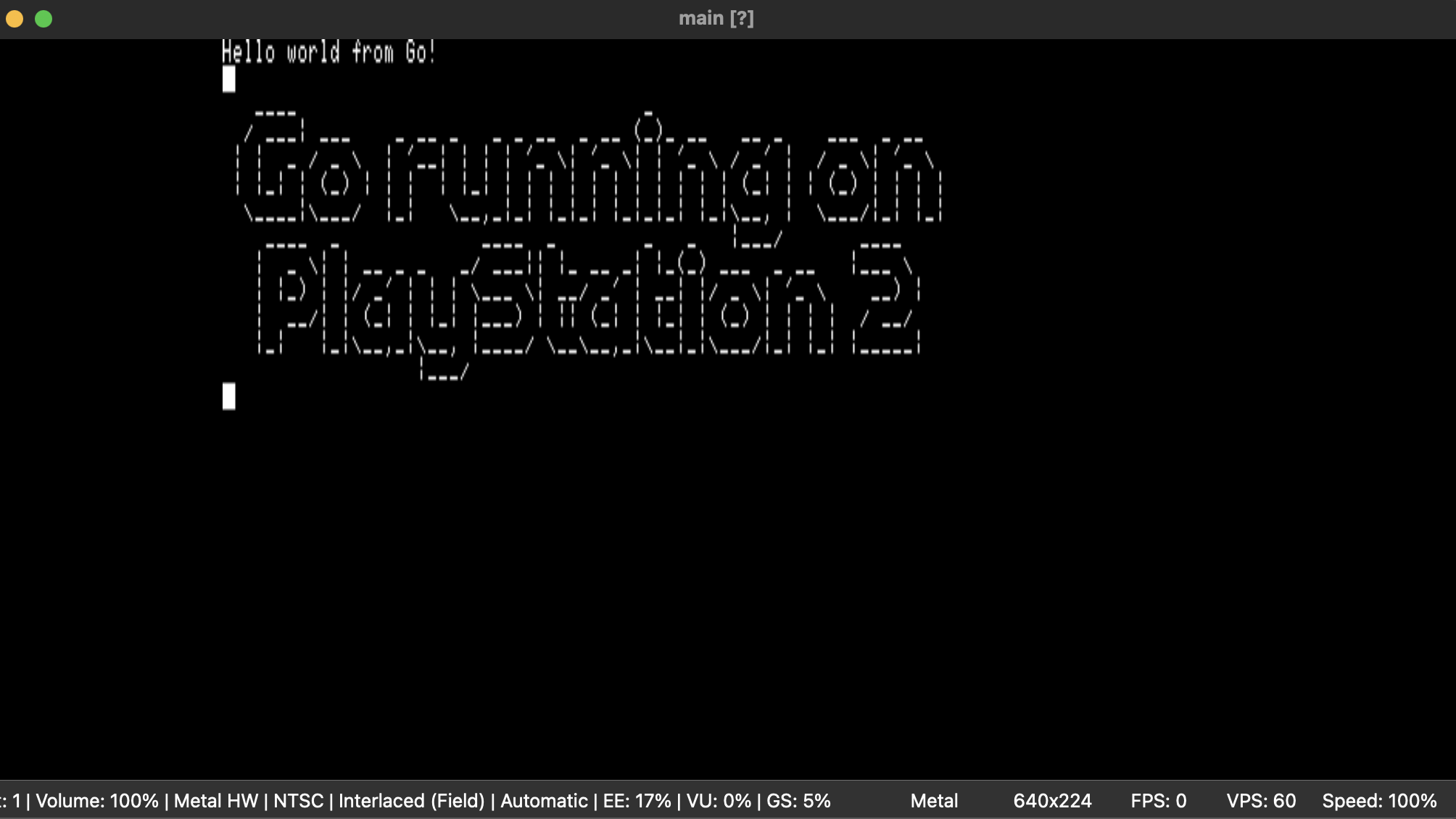


















































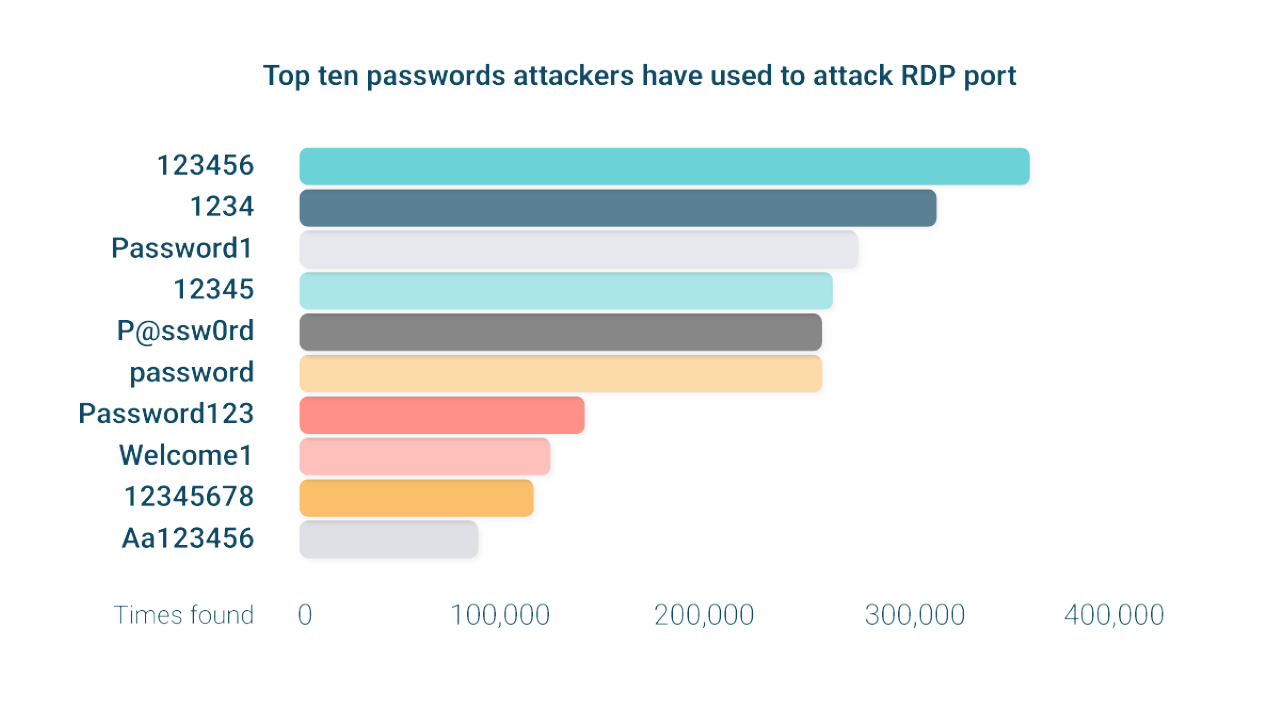








































































![[The AI Show Episode 142]: ChatGPT’s New Image Generator, Studio Ghibli Craze and Backlash, Gemini 2.5, OpenAI Academy, 4o Updates, Vibe Marketing & xAI Acquires X](https://www.marketingaiinstitute.com/hubfs/ep%20142%20cover.png)
























































































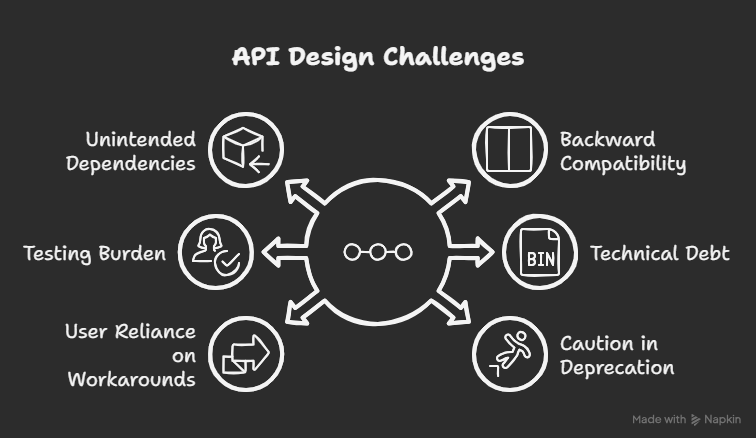



















![Is this a suitable approach to architect a flutter app? [closed]](https://i.sstatic.net/4hMHGb1L.png)







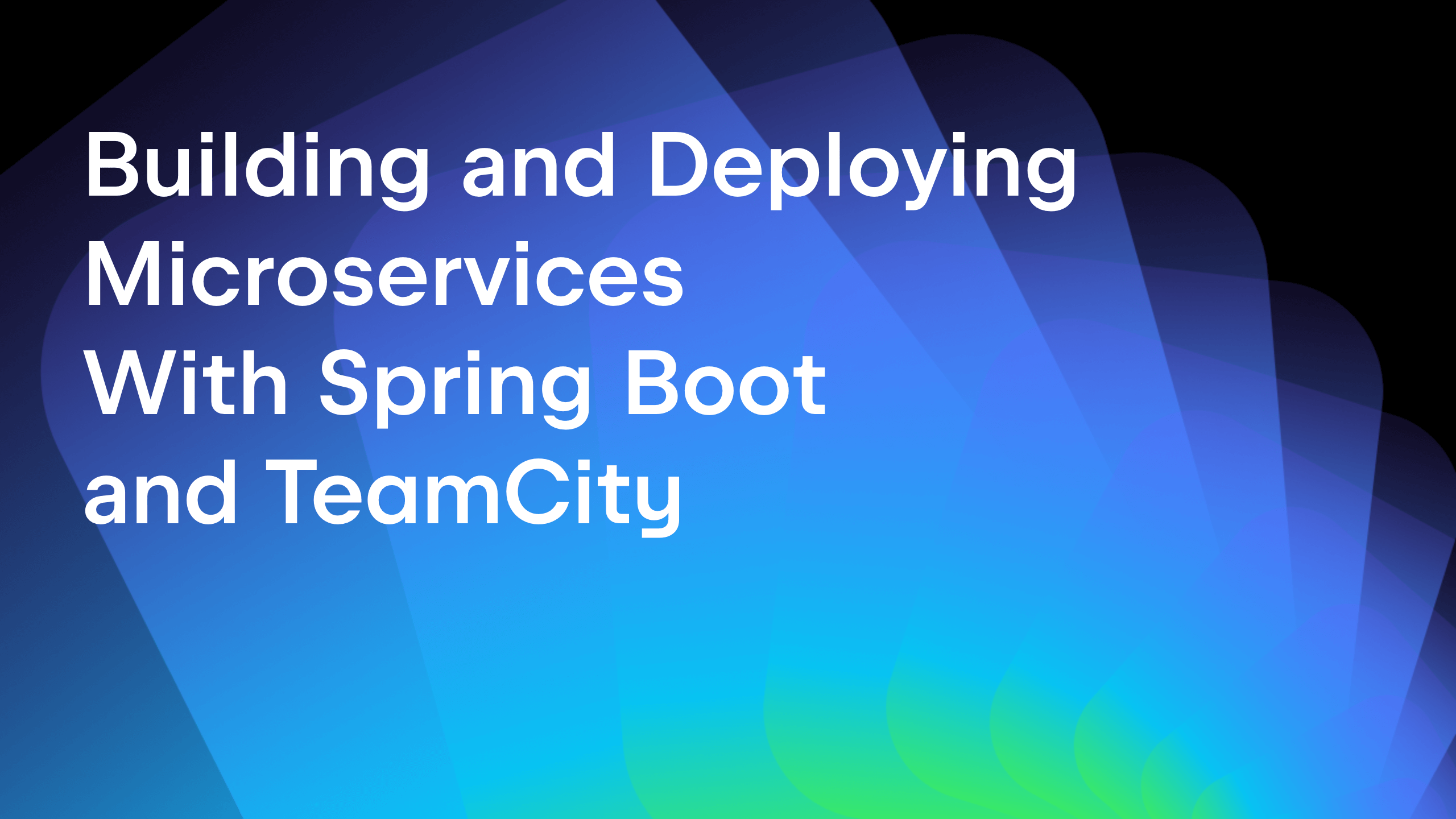









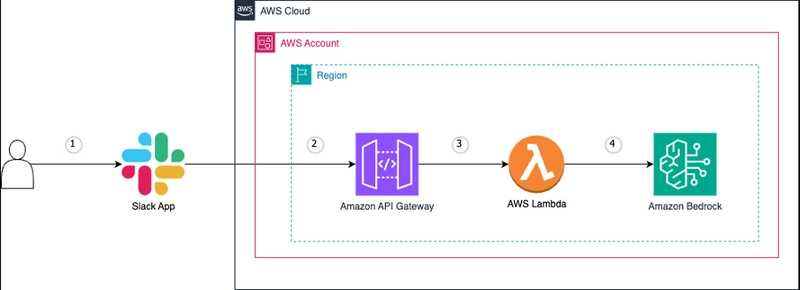
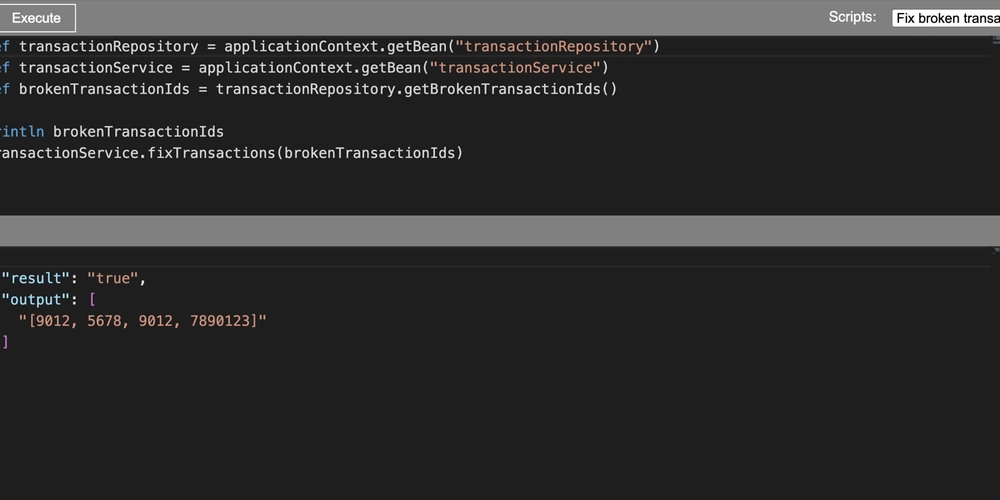

![From broke musician to working dev. How college drop-out Ryan Furrer taught himself to code [Podcast #166]](https://cdn.hashnode.com/res/hashnode/image/upload/v1743189826063/2080cde4-6fc0-46fb-b98d-b3d59841e8c4.png?#)





























-1280x720.jpg?width=1920&height=1920&fit=bounds&quality=80&format=jpg&auto=webp#)





























































